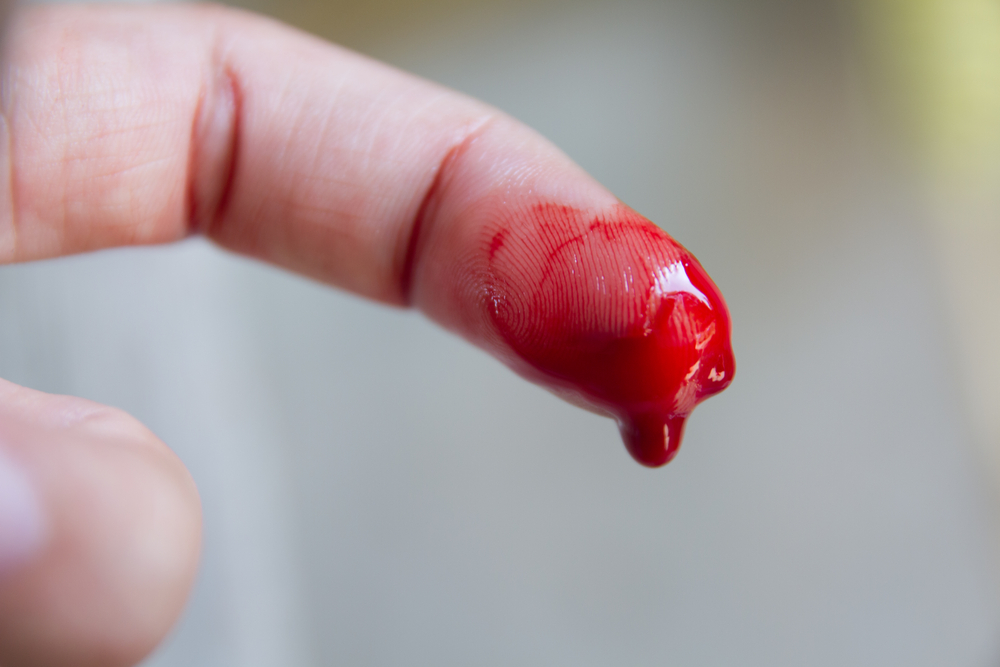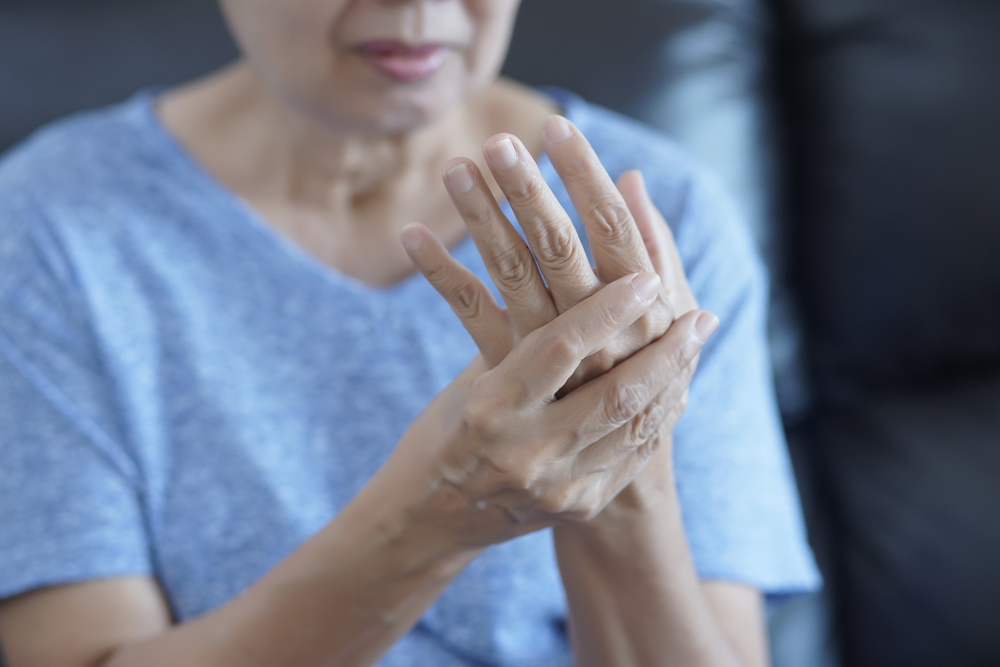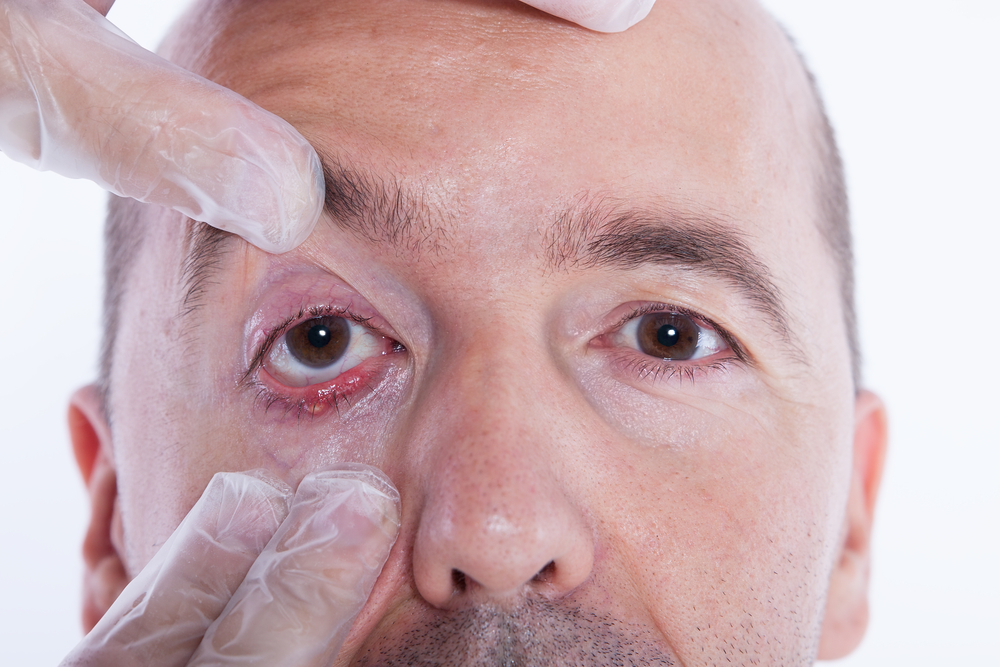What is a hemorrhage?
A hemorrhage, colloquially known as bleeding, is the loss of blood in the body due to an injury. Bleeding is categorized under two main categories: internal and external.
Internal bleeding occurs when a blood vessel or organ is damaged from blunt force trauma or from internal areas of weakness within the body (i.e. ulcers of the stomach, hemorrhagic cysts of the liver, etc.). Internal bleeding is not visible to the naked eye, may or may not be symptomatic, and is usually detected using medical imaging technology (e.g. MRI or X-Ray).
External bleeding occurs when the skin is damaged and blood is able to leak through the skin or its layers below. External bleeding is visible to the naked eye.
What causes a hemorrhage?
Bleeding can be caused by a number of medical conditions, medications or accidents. Depending on the severity of your bleeding, immediate medical attention may be required.
Medications That Cause Bleeding:
- Salicylates (e.g. aspirin)
- Nonsteroidal anti-inflammatory drugs (a.k.a. NSAIDS, e.g. Ibuprofen, Advil, Aleve, Motrin)
- Anticoagulants or blood thinners (e.g. Warfarin or Heparin)
Accidental Causes of Bleeding:
- Gunshot wounds
- Laceration
- Bruise
- Abrasion
- Crush injuries
- Puncture wounds
- Wound Dehiscence (accidentally damaging a surgical wound site)
Medical Causes of Bleeding:
- Epistaxis – Commonly known as a bloody nose.
- Mallory-Weiss Tear – When varicose veins of the esophagus rupture. Most commonly caused by alcoholism.
- Peptic (stomach) ulcers – Commonly caused by gastroesophageal reflux disease (GERD), anxiety or H2 receptor dysfunction.
- Aortic dissection – Can be caused by chronic uncontrolled high blood pressure or Marfan Syndrome.
- Conjunctival hemorrhage – May be caused by excessive vomiting or coughing.
- Hemorrhagic stroke – Can be caused by aneurism rupturing in the brain or chronic high blood pressure.
- Retinal hemorrhage – Caused by diabetes or high blood pressure.
- Various cancers – Lung, gastric, intestinal, anal and blood.
- Perforation of the Tympanic Membrane – Caused by an infection of the ear.
- Lower GI Bleed – Caused by cancer, Crohn’s Disease or ulcerative colitis.
- Hemorrhoids – Caused by a low fiber diet, straining on defecation and child birth.
- Hemothorax or bleeding of the lungs or chest cavity – Caused by cancer of the lungs or a puncture wound to the chest.
- Tuberculosis – Caused by a bacterial infection of the lungs.
- Endometriosis – Caused by uterine tissue that forms in areas of the body other than the uterus.
- Menorrhagia – Commonly known as heavy menstrual bleeding.
- Ectopic Pregnancy – Occurs when an egg is not properly implanted into the uterus.
- Placental Abruption – The placenta separates from the uterus before birth.
- Thrombocytopenia – Low blood platelet count
- Vitamin K deficiency
What is the treatment for bleeding?
Depending on the amount of bleeding an individual is experiencing, treatments will vary widely. Small cuts and abrasions can usually be treated at home using basic first aid techniques, while larger wounds and internal bleeding will require the attention of a medical professional.
How do I stop bleeding from a cut?
Using clean or gloved hands, apply pressure to the wound with gauze, a paper towel, clean clothing or any other available material in an emergency situation for 10-15 minutes. Depending on the size of the wound, you may need to apply pressure for longer than 15 minutes.
If bleeding persists, apply additional gauze or other material to the wound. Do not remove the original gauze. Pressure must be maintained to stop the bleeding.
Once your bleeding has stopped, you should clean the wound using antiseptic soap, hydrogen peroxide, hibiclens or any other available first aid solution. If your wound does not stop bleeding or appears unusually deep, seek medical medical attention immediately. You may require sutures or another method to close the wound. Not seeking medical attention when needed could lead to infection or improper wound closure.
How do I stop severe bleeding?
In the event of severe blood loss, immediately apply pressure to the wound with any available material. If you were impaled by a solid object, do not attempt to move it. Doing so could lead to even more blood loss.
After applying pressure, lay on the ground and elevate the injured body part above your heart. Laying on the ground will prevent you from injuring yourself should you pass out and elevating the injured body part above your hear will help slow the amount of blood you’re losing.
If the injury is to your limbs, it may be necessary to use a tourniquet. Belts, ropes and other materials can be used as a tourniquet if you do not have one.
How do I properly apply a tourniquet?
The tourniquet must be placed above the wound and tightly secured. Gradually tighten the tourniquet until bleeding has slowed or stopped.









